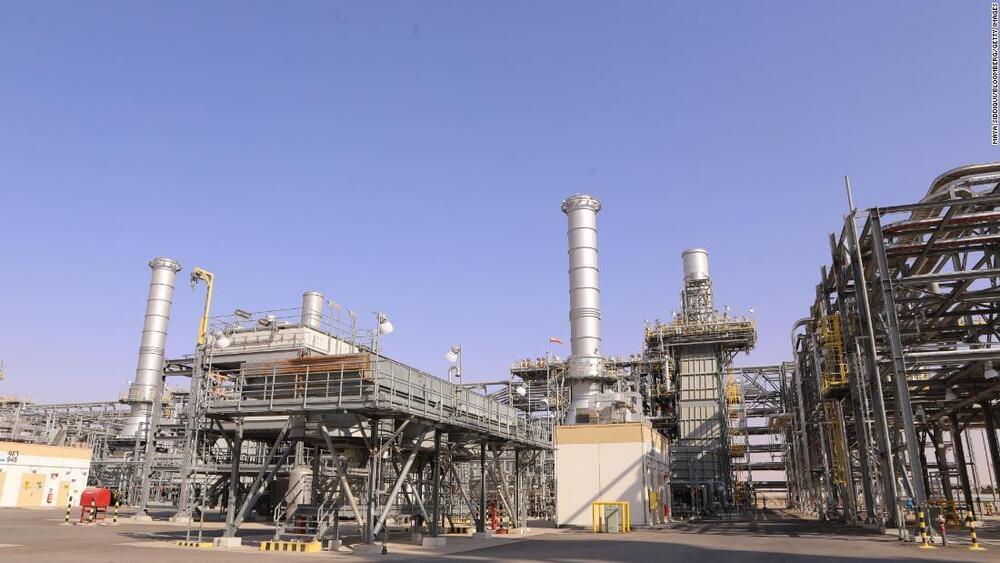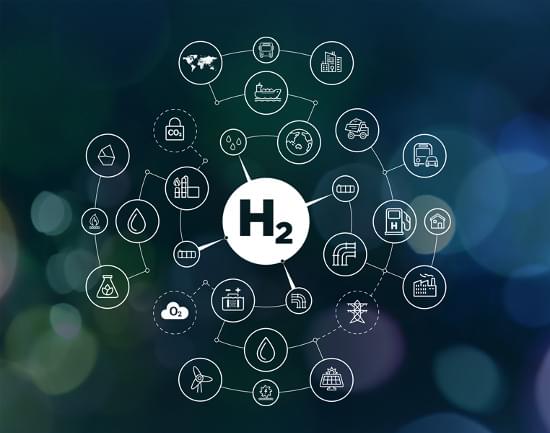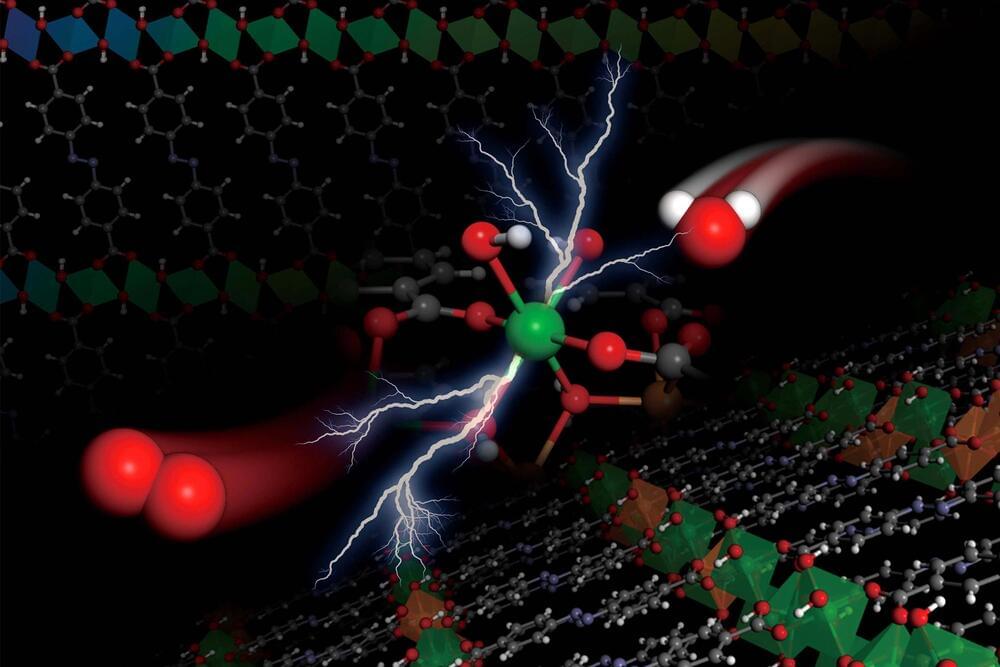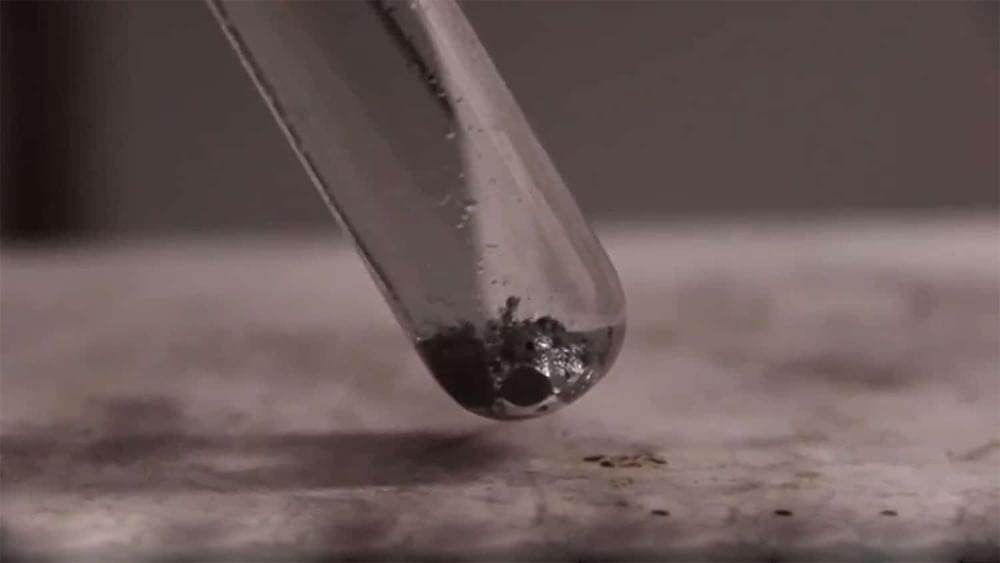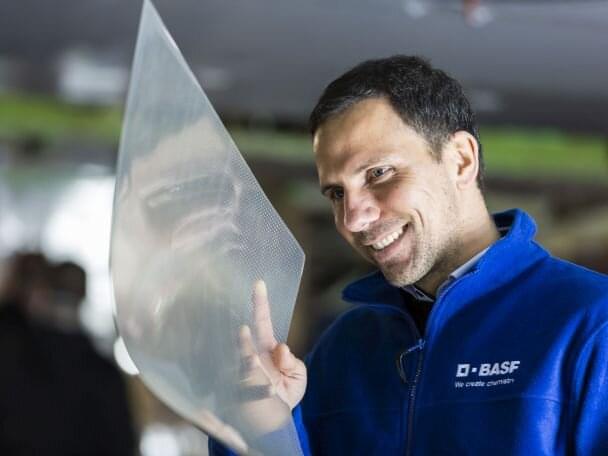Mar 3, 2022
Oil prices are rising fast. Saudi Arabia may not come to the rescue
Posted by Chima Wisdom in category: energy
A global hunt for spare barrels of crude is underway as sanctions slam Russia, the world’s second largest exporter, following its invasion of Ukraine.
But don’t expect Saudi Arabia to step in to fill the gap, at least for now.
What’s happening: The kingdom could help ease global oil prices, which have spiked to their highest level since 2014. Saudi Arabia has the capacity to raise production by 2 million barrels per day, according to Claudio Galimberti, senior vice president of analysis at Rystad Energy.
